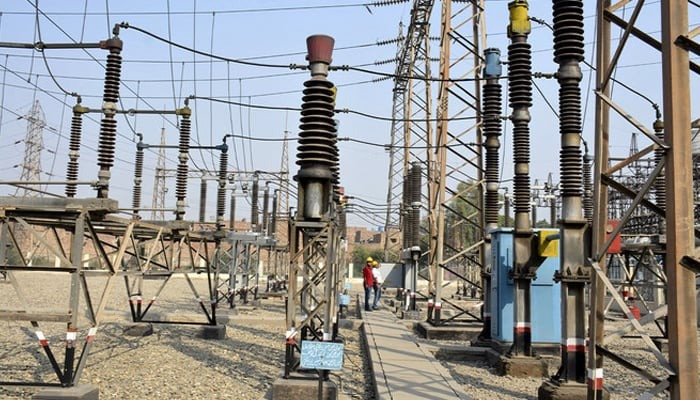Pakistan’s Power Generation Increases in March
Karachi: Electricity production in Pakistan saw a 5% increase year-on-year in March, primarily propelled by a substantial rise in power generation from domestic coal sources.
According to recent statistics, the total power generated in March reached 8,409 GWh, a rise from 8,023 GWh during the equivalent period last year. Examining month-over-month data reveals a 21% surge from February’s 6,945 GWh.
Nevertheless, the cumulative power generation for the initial nine months of the current fiscal year experienced a 2% dip, registering 90,147 GWh, in contrast to the 92,340 GWh recorded in the same timeframe last year.
Key Trends in Power Generation
- Local Coal: Electricity generation from local coal witnessed a remarkable 62% year-on-year increase in March.
- Wind Power: Power generation via wind sources demonstrated a 23% increase.
- Renewables: Electricity generated from wind and solar sources also grew, with increases of 12% and 9.0%, respectively.
- Hydel Power: Conversely, hydel power generation experienced a sharp 41% decline due to diminished water inflows into reservoirs, attributable to below-average rainfall.
- Imported Coal: Over the nine-month duration, power generation from imported coal expanded by 46%, while solar power production grew by 26%.
Cost Analysis
The cost associated with electricity generation in March rose by 14%, reaching Rs9.46 per unit, versus Rs8.31 per unit in the corresponding month of the prior year. This increase was largely due to greater utilization of furnace oil and RLNG-based power generation. On a month-on-month comparison, costs escalated by 25% relative to February.
Despite the surge in March, the mean power generation cost for the first nine months of the fiscal year saw a slight reduction of 1.0%, settling at Rs8.65 per unit, down from Rs8.75 per unit in the equivalent period last year.
Contribution by Source
- Hydel: Remained the foremost contributor in March, accounting for 27.6% of the total power generated.
- Nuclear: Followed closely at 25.8%.
- RLNG: Contributed 20.7%.
Analyzing the nine-month duration, hydel sources accounted for 30.4% of the total electricity production, whereas nuclear and RLNG contributed 19.1% and 17.4%, respectively. Local coal represented 12.4% of the aggregate generation throughout this period.



Comments (0)
No comments yet. Be the first to comment!
Leave a Comment